"Sukiyaki" is one of the most popular forms of Japanese cuisine in Japan. It is a dish that exquisitely combines the well-matched flavors of savory meat with a salty-sweet dashi (broth). This article will introduce you to sukiyaki, with information on how to make it, the best way to eat it, and some of its special characteristics, as well as some of the best places to try sukiyaki in Tokyo. Please check it out!
What Is Sukiyaki?
"Sukiyaki" is a dish made by grilling and then boiling ingredients such as thinly sliced beef, spring onions, and tofu in a dashi known as "warishita" within an iron pot. Although there are various kinds of sukiyaki, such as "uosuki" made using fish, "kanisuki" made with crab, and Kansai-style sukiyaki that does not use warishita, this article will introduce the standard Kanto-style sukiyaki made with beef.
![Sukiyaki: How to Make It, How to Eat It, and the Best Places in Tokyo to Try It]()
The first known record of sukiyaki is the appearance of the word "sugiyaki" in 1643. At the time, as beef was prohibited in Japan, it is assumed that this dish must have been made with ingredients like seafood. It is believed that the term "sukiyaki" was coined in 1801 when a farmer cooked ingredients like chicken on top of a "suki" or spade in English. The sukiyaki that we eat today, typically made with beef, has its origins in Kobe City of Hyogo Prefecture in the Kansai region. It is believed to have been created in the late Edo Period (around 1868) by the restaurant Kanmon Gekka-tei, which specialized in beef sukiyaki.
What Is the Difference Between Kansai-Style Sukiyaki and Kanto-Style Sukiyaki?
The Kanto region and the Kansai region make sukiyaki in different ways. To make Kanto-style sukiyaki, fill a pot with warishita made from ingredients like mirin (a kind of sweet cooking wine), soy sauce, sake (Japanese alcohol), and sugar, and bring it to a boil. Methods will vary between restaurants and households, but generally, once the dashi is boiling, you add your vegetables to the simmering stock to cook them through before adding the meat. The highlight of Kanto-style sukiyaki is the extra-rich taste that comes from the infusion of the flavors from the meat and vegetables in the warishita.
![Sukiyaki: How to Make It, How to Eat It, and the Best Places in Tokyo to Try It]()
In contrast to this, with Kansai-style sukiyaki, you start by heating some beef fat in a pan, then fry the beef until it is about 80% cooked. Next, sprinkle the beef with sugar until it is just about covered, then finally, add soy sauce and sake to taste. With Kansai-style sukiyaki, you don’t mix ingredients together to make warishita, and seasonings such as sugar and soy sauce are added in a different order. Lastly, you add in the vegetables and bring everything to a boil. The highlight of Kansai-style sukiyaki is just how well you can taste the beefy flavor, thanks to frying the beef in melted beef fat.
How to Make Kanto-Style Sukiyaki
So, let’s look at how to make Kanto-style sukiyaki. First, cut your preferred vegetables into bite-size pieces. The recommended ingredients are beef, vegetables such as spring onions or Chinese cabbage, and mushrooms such as enoki or shiitake. In addition to this, shirataki—konjac cut into long, thin noodle-like strips—and grilled tofu are often used.
Shallow fry the cut meat, spring onions, and mushrooms until brown, then add the warishita, stirring constantly as you pour. The ingredients for the warishita are mirin, soy sauce, sake, and sugar. You should mix these together in advance. The salty-sweet flavor of the warishita plays a major part in making sukiyaki taste so good. When the warishita comes to a boil, reduce the heat, and add the other ingredients. When they are cooked through, the sukiyaki is ready. The sweet smell will really whet your appetite!
The Best Way to Eat Sukiyaki
With Kanto-style sukiyaki, once the ingredients have been fried and cooked in warishita or another kind of dashi, they are usually dipped in raw egg before eating. Dipping the warishita-infused ingredients into the raw egg gives them a mellow taste. In many countries, it is not common to eat raw egg, so some people may not be entirely comfortable with this, but it is worth giving it a try when you come to Japan.
When you have had enough sukiyaki, a good way to finish your meal is by adding udon noodles to the warishita. If you are eating at someone’s house in Japan, they will usually use frozen or boiled dry noodles. When you eat at a restaurant, you may need to order the udon separately, so check with a staff member on whether it is part of the sukiyaki menu. The mixture of the warishita—which has taken on the flavors of the cooked ingredients—and the udon noodles makes a fabulous end to the meal.
What Is the Difference Between Sukiyaki and Shabu Shabu?
Another dish that uses beef in a similar way to sukiyaki is "shabu shabu," a dish where sliced meat is parboiled with vegetables. Like sukiyaki, the ingredients include thinly sliced meat, vegetables, and dashi, but the big difference is with the dashi flavor. The dashi for shabu shabu is made using milder-tasting ingredients such as kelp. There is also a difference in the way you eat it. With sukiyaki, the ingredients are simmered in the dashi, but with shabu shabu, each ingredient is separately dipped into the dashi to cook before eating.
Also, with shabu shabu, you do not dip the ingredients in raw egg before eating, but rather in condiments such as sesame sauce or ponzu (citrusy soy sauce). They are both famous Japanese hot pot dishes, but as the flavors and cooking methods are different, it is worth trying both if you have the chance!
Restaurants Where You Can Get Great Sukiyaki in Tokyo
Finally, here are some great restaurants where you can get sukiyaki in Tokyo. If you want to try the genuine article, let this be your guide!
1. Shabu-shabu Sukiyaki Unagi Yoshino
Located just a 5-minute walk from Ginza Station, Yoshino offers the opportunity to indulge in premium Wagyu beef through sukiyaki and shabu-shabu. The Sukiyaki Dinner Course, featuring specially selected Kobe beef, starts with seasonal appetizers and includes sashimi, sukiyaki with meat and vegetables, and a satisfying dessert. The restaurant provides traditional Japanese-style private rooms with shallow hori-gotatsu, allowing guests to stretch their legs and relax. The dishes are served with attentive care by dedicated waitstaff, enhancing the dining experience and creating a conducive atmosphere for engaging conversations.
Shabu-shabu Sukiyaki Unagi Yoshino
Open:
Shabu-shabu and Sukiyaki Lunch 11:00 am - 5:00 pm (L.O.4:00 pm), Dinner 5:00 pm - 10:00 pm (L.O. 9:00pm) / Koridokoro Mikasa, Eel Specialty Restaurant Ikaruga 11:00 am - 10:00 pmClosed:
-Average price:
[Dinner] 9,999 JPY / [Lunch] 2,999 JPYAccess:
62m away from Ginza StationAddress:
3F, Mikasakaikan Honten, 5-5-17, Ginza, Chuo-ku, Tokyo MapMore Details Reservation
2. Moritaya Tokyo Marunouchi Branch
Moritaya Tokyo Marunouchi Branch is the Kanto branch of Moritaya, a long-established, famous Kyoto-based sukiyaki and shabu shabu restaurant. You should definitely try the Sukiyaki (from 7,000 JPY (plus tax)), made with select A5-grade Kuroge Wagyu beef. The restaurant directly manages every step of the beef production process, from the farm the cattle are raised in to the meat wholesalers, so you can rest assured of the quality of the beef. Moritaya is a great restaurant to try your sukiyaki Kansai-style.
Moritaya Tokyo Marunouchi Branch
Open:
Lunch 11:00-15:00 (last order 14:00)[Weekdays, Saturday] Dinner 17:00-23:00 (last order 21:30)
[Sunday, Holidays] Dinner 17:00-22:00 (last order 20:30)Closed:
NoneAverage price:
-Access:
JR Sobu Line, JR Chuo Line, JR Yamanote line, JR Keihin-Tohoku Line / Tokyo Metro Marunouchi line 1 minute walk from Tokyo Station.Address:
Marunouchi Building 35F, Marunouchi 2-4-1, Chiyoda, Tokyo MapMore Details Reservation
3. Kaiseki Mita Basara Bettei
An outgrowth of the original Mita Basara restaurant is the Kaiseki Mita Basara Bettei restaurant. The original restaurant's specialty dish, tomato sukiyaki, has received three consecutive Michelin 1 Star awards. Other unusual delicacies are available in the Kaiseki (traditional multi-course meal) restaurant, like freshly prepared "rice in an earthenware pot." An expression from the Nanboku-cho era known as "basara" signifies "breaking free from convention." With this in mind, the restaurant's Japanese chef created set meals that you may eat in the posh Roppongi neighborhood, that blend flavors from numerous cuisines.
Kaiseki Mita Basara Bettei
Open: Lunch 12:00 pm - 3:00 pm (with the last entry accepted at 1:00 pm) Dinner 5:00 pm - 11:00 pm (with the last entry accepted at 8:00 pm)Closed:
IrregularAverage price:
[Dinner] 20,000 JPYAccess:
187m from Roppongi StationAddress:
7-17-2, Roppongi, Minato-ku, Tokyo MapMore Details Reservation
4. Gazan Garden
At Gazan Garden, you can try sukiyaki made with Yonezawa beef, a Wagyu beef brand from Yamagata Prefecture. Their signature dish is the Salted Sukiyaki (9,500 JPY, can only be ordered for groups of 2+ people), an exquisite creation that allows you to enjoy your fill of delicious Yonezawa beef! You won't be able to get enough of the beef's notable sweetness and perfect marbling. The unusual saltiness also adds a unique depth to the dish.
Gazan Garden
Open:
[Weekdays] Lunch 11:30-14:30 (last order 14:00), Dinner 17:30-00:00 (last order 23:00)[Saturday, Holidays] Dinner 17:00-23:00 (last order 22:00)Closed:
SundaysAverage price:
[Dinner] 12,000 JPY / [Lunch] 1,000 JPYAccess:
Tokyo Metro Namboku Line, Roppongi Ichichome Station. Exit from the number 2 exit and turn left. Cross over and go left at the Iikura katamachi intersection.Address:
Ikura Hills 2F, Azabudai 3-5-5, Minato, Tokyo MapMore Details Reservation
5. Sukiyaki Jyuniten
Sukiyaki Jyuniten, named after the highest marbling grade (A5, Grade 12) of Wagyu beef, serves the finest cuts handpicked by professionals. Apart from their signature Sukiyaki, they offer Shabu-shabu, Oil Grilled, and Beefsteak, enabling guests to choose their preferred cut and cooking method. Their menu also features a variety of a la carte dishes, including Wagyu Beef Sashimi. Coupled with fine sake, the restaurant offers a luxurious gastronomic experience. Its traditional Japanese ambiance, private rooms, and table seating are suitable for casual dinners, business entertainment, or special occasions.
Sukiyaki Jyuniten
Open:
[Monday - Sunday, National Holidays] Lunch 11:00 am - 3:00 pm (L.O. 2:00 pm) / [Monday - Saturday] Dinner 5:00 pm - 11:00 pm (L.O. 10:00 pm) / [Sunday, National Holidays] Dinner 5:00 pm - 10:00 pm (L.O. 9:00 pm)Closed:
IrregularAverage price:
[Dinner] 15,000 JPY / [Lunch] 2,000 JPYAccess:
5-minute walk from Marunouchi South Exit of Tokyo Station / 5-minute walk from International Forum Exit of Yurakucho Station / 3-minute walk from Exit 3 of Nijubashimae StationAddress:
3F, Brick Square, 2-6-1, Marunouchi, Chiyoda-ku, Tokyo MapMore Details Reservation Disclaimer: All information is accurate at time of publication.

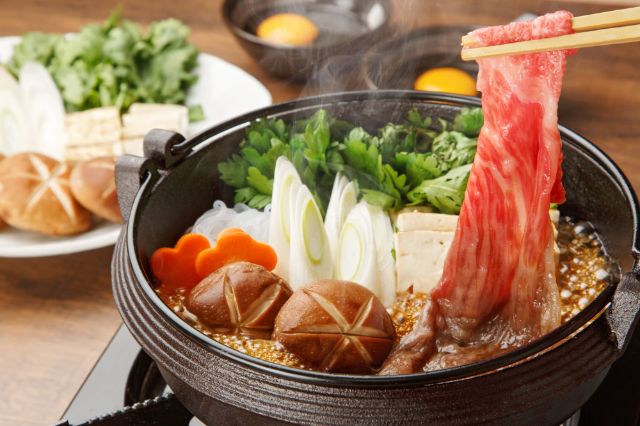
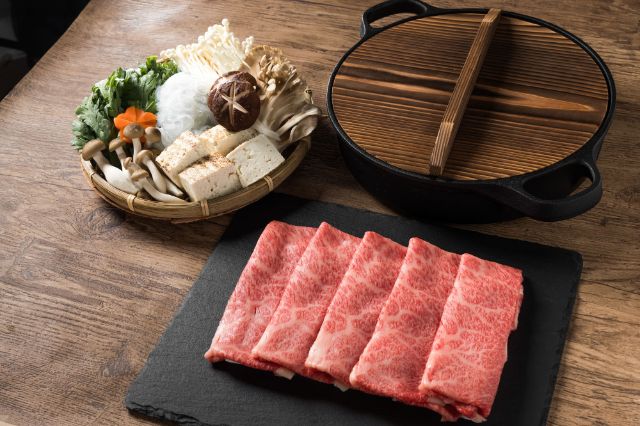
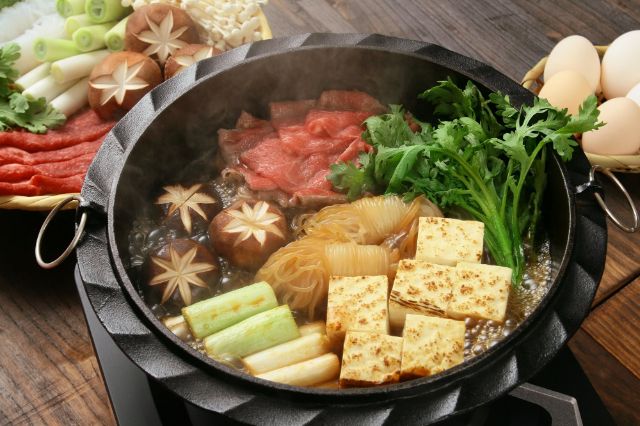
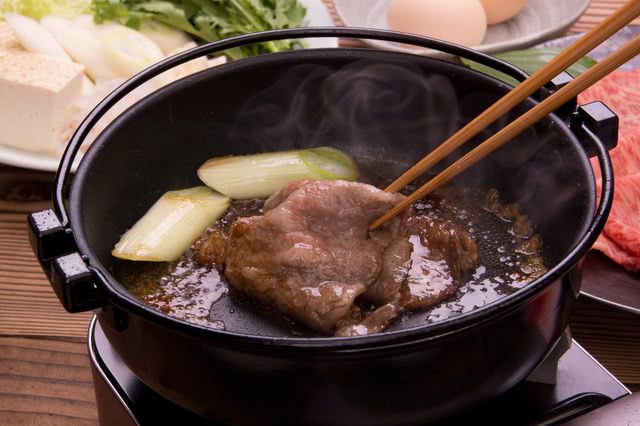
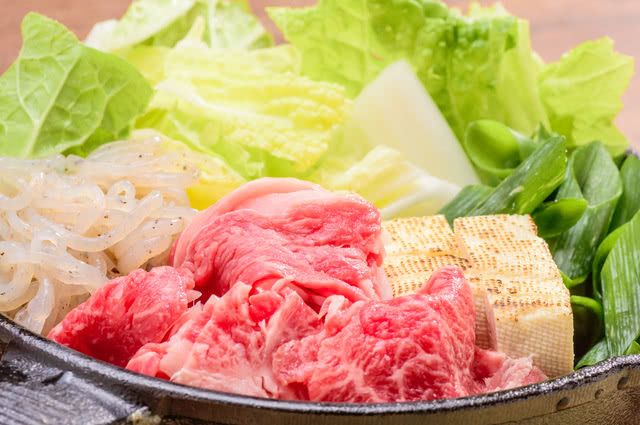
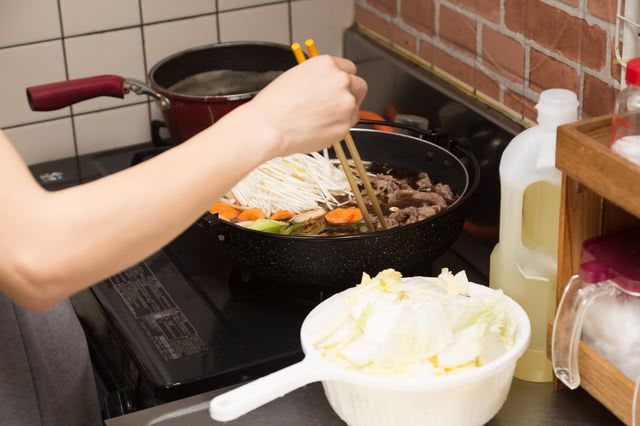
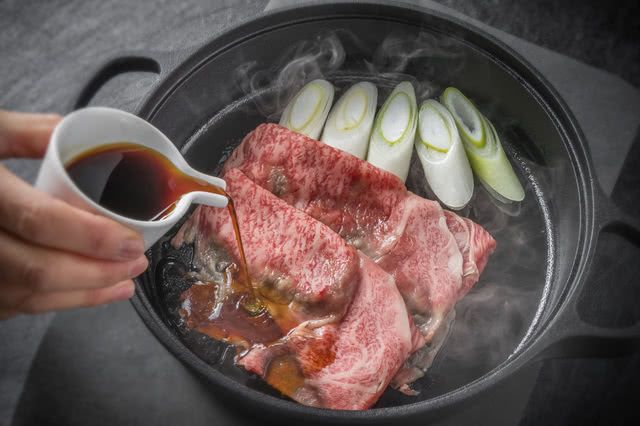
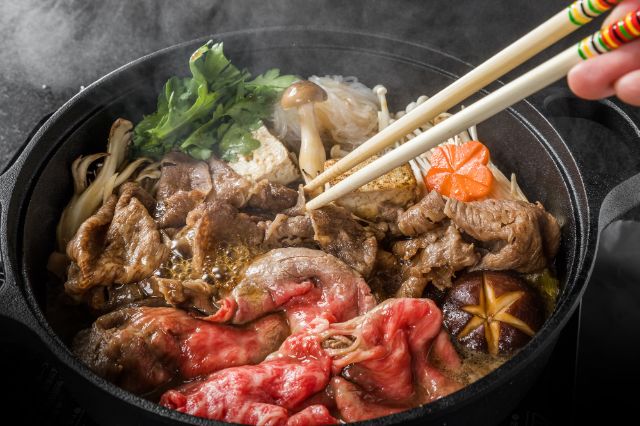
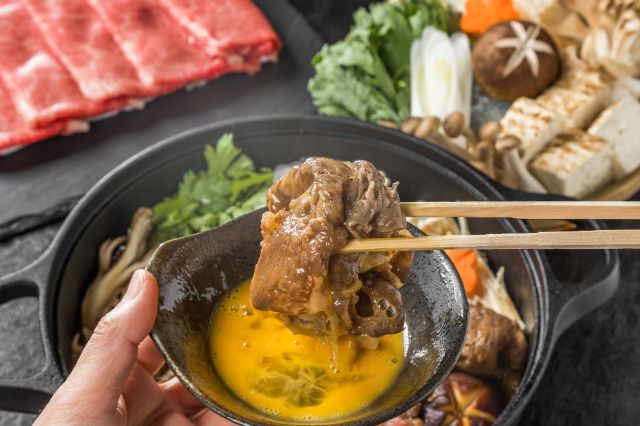


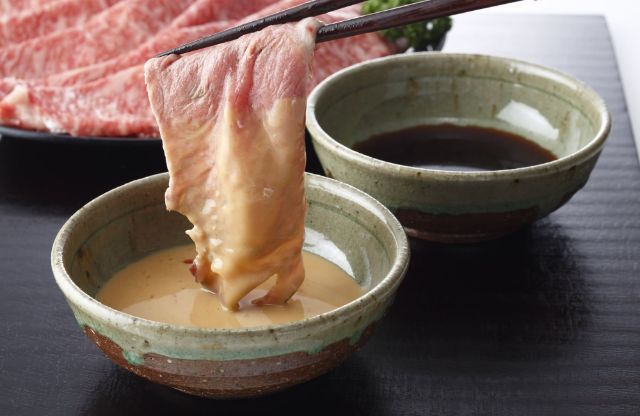

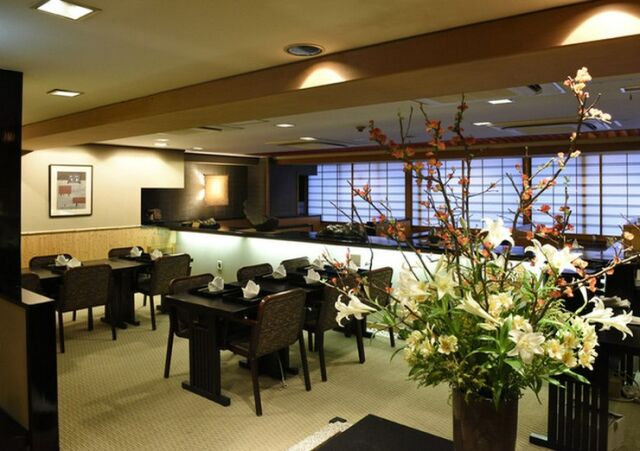
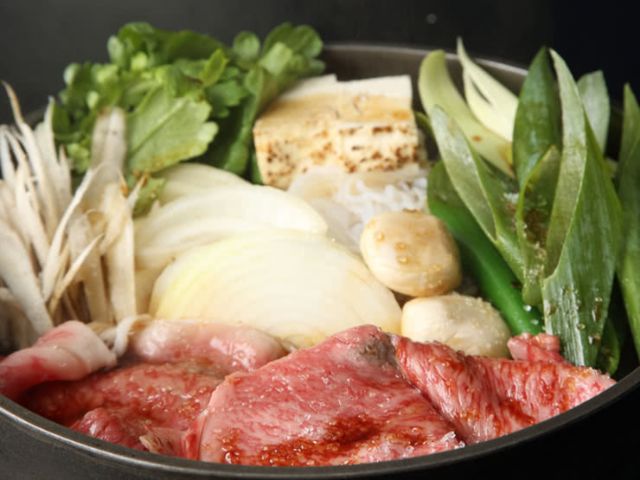
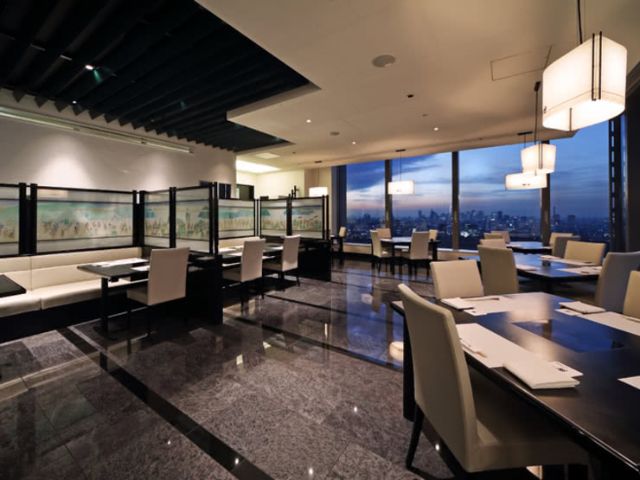


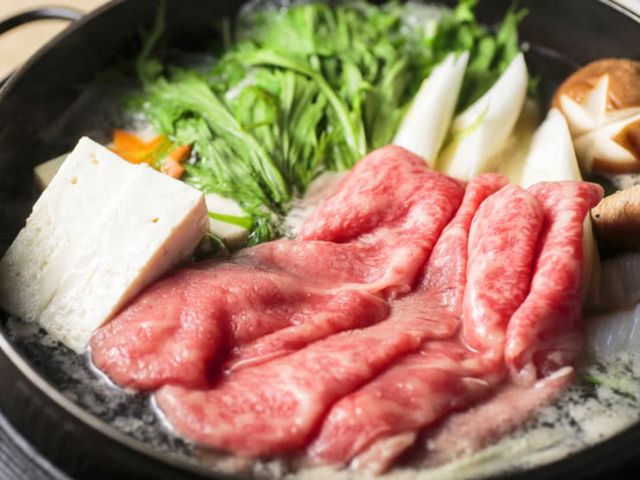
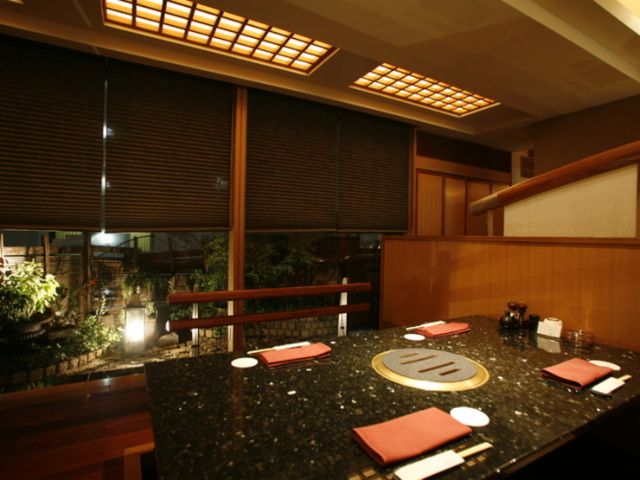
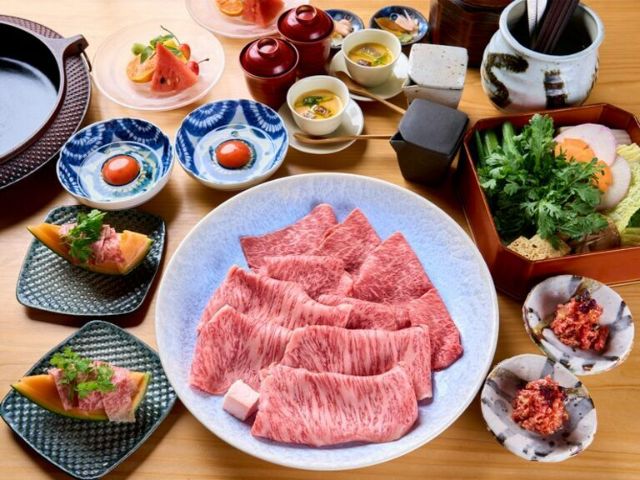
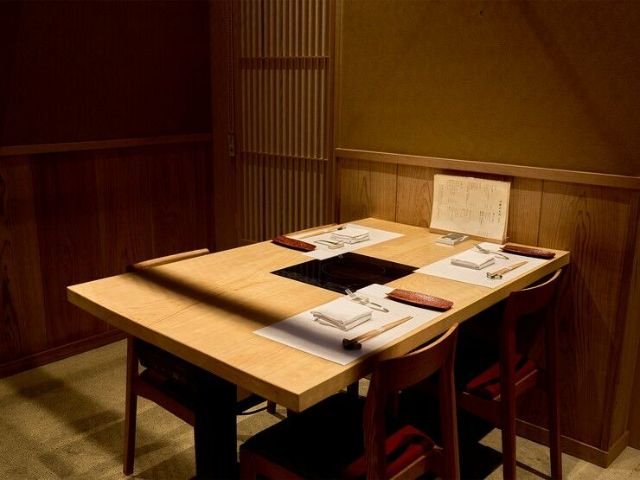









![Azabudai Hills [SUMI] (Janu Tokyo) ~ Editor's Afterword by the Editor-in-Chief of Japan's Gourmet Site](/gg/content_image//image/discover_oishii_japan/6536/article_head_150x105z.jpg)









